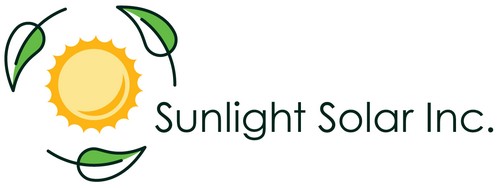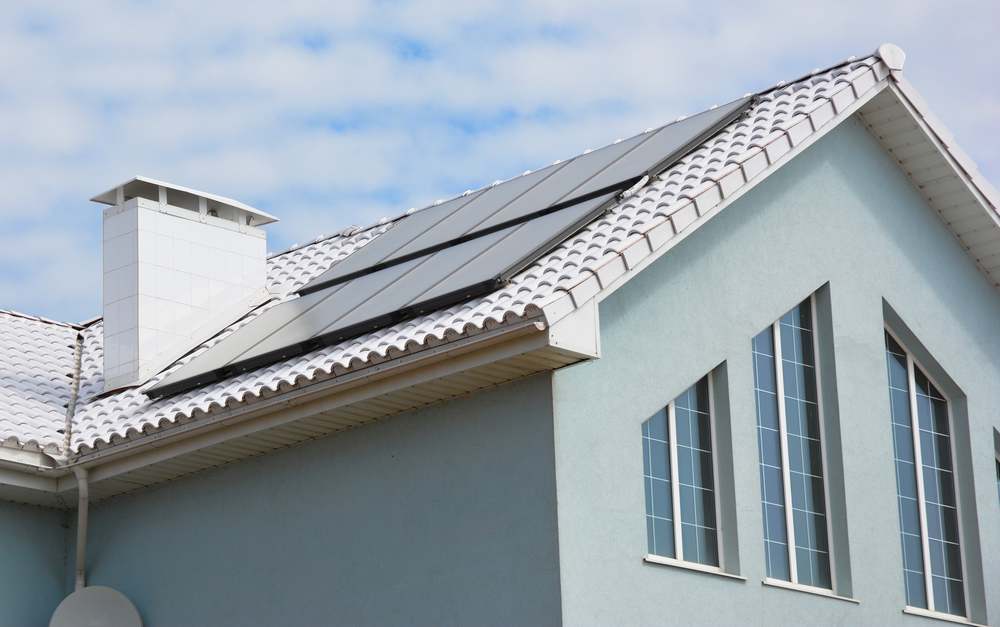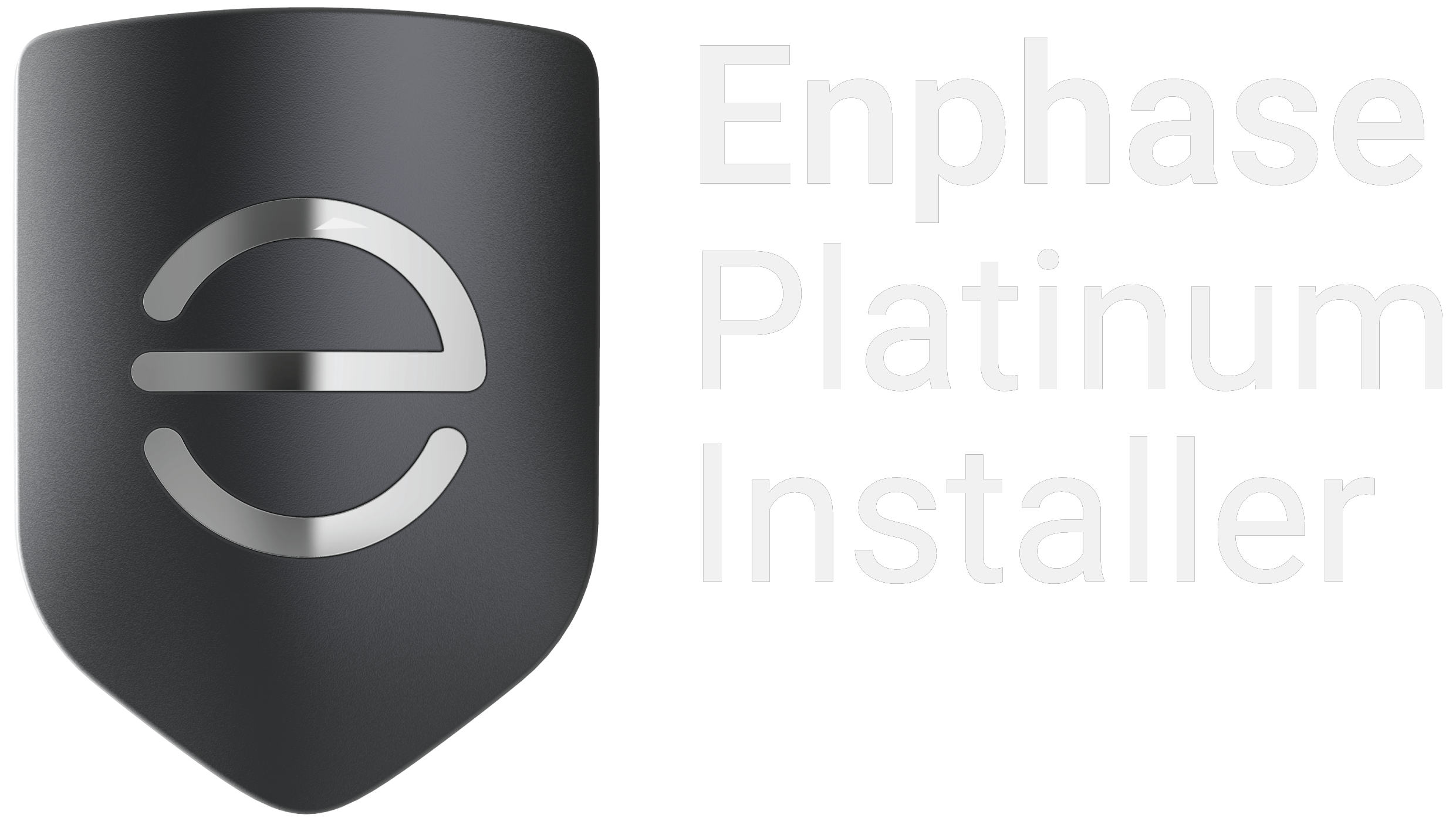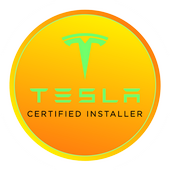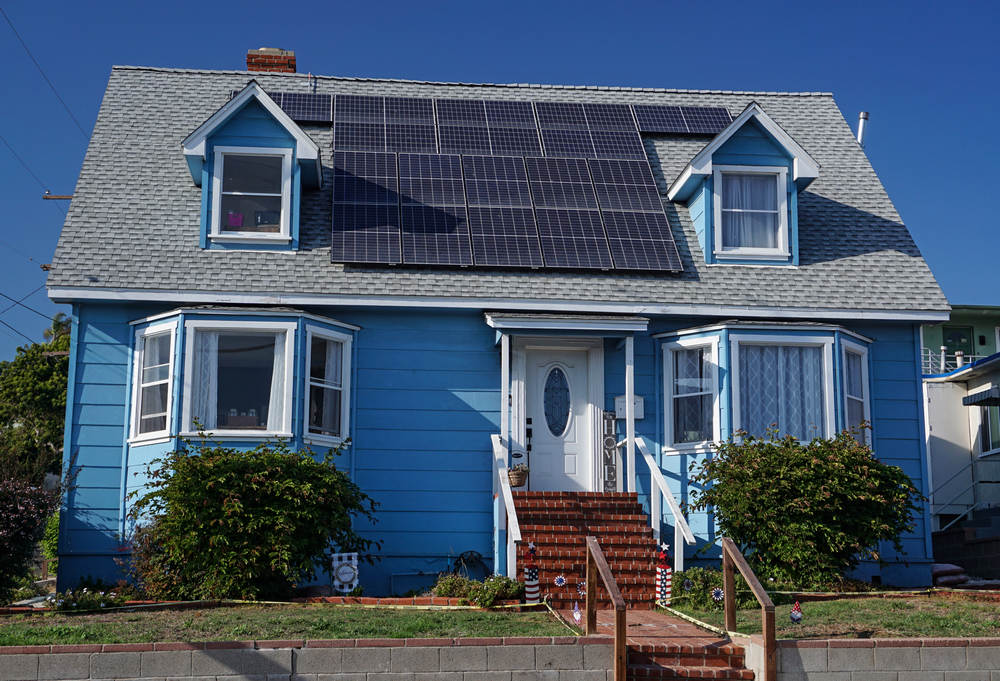
A rooftop solar system is a great step toward becoming energy independent and lowering your energy bills. Depending on various factors, residential and commercial buildings can benefit from solar energy. We’ve compiled a list of 6 things to consider before installing a rooftop solar system.
1. Roof Quality
Before installing solar panels, you should assess the quality of your roof. Generally, roofs last about 20 years. If your roof is due for a replacement, you should complete the replacement first. Installing solar on a roof less than 10 years old is ideal because the roof is still in good shape to support the system. Placing panels on a roof that needs to be repaired or replaced will only lead to spending even more money to remove and reinstall the system.
2. Roof Pitch
A roof’s pitch can affect the production of a solar system. A roof with a pitch between 30-45 degrees works well, although most tilts within this range will produce sufficient energy. You want your roof to have significant latitude to ensure the panels are placed on an optimal tilt. At Sunlight Solar, we work to find the best panel pattern that will work on your roof.
3. Azimuth
Like pitch, the azimuth of your roof will affect the amount of energy your solar panels produce. South and west-facing roofs tend to be the best orientation for solar systems in the northern hemisphere.
4. Shade
Solar panels work off the sun, so your roof must receive substantial sunlight throughout the day to increase efficiency and lower your electric bill. Solar panels convert sunlight into energy – without the sun, the panels can’t produce electricity. Shade will affect your solar system’s performance. Trees, rooftop obstructions, and cloudy days typically create shade, which can lead to a less efficient system.
5. Obstructions
Rooftop obstructions can become a critical obstacle for your system. Obstructions can be pipes, chimneys, and skylights. The height and width of these obstructions can create shadows and shade that affect the productivity of your panels. These obstructions can also affect your system’s design, especially if they are stagnant and can’t be moved.
6. Other Setbacks
Building and city codes can create different setbacks that might also impact your solar system’s design. Codes can vary depending on where you live and who has authority in your area. They are also continually changing. Roof space also has to be considered, especially if installing solar panels on a commercial building where the HVAC units sit on the roof.
Understanding what factors could affect a solar system’s performance is important to consider when you are considering an installation. Rooftops typically have a variety of fixed features that cannot be manipulated easily, such as the steepness or direction of a roof. These 6 things to consider before installing a rooftop solar system will help you decide if installing solar is the right move for you. If you have questions about whether or not your roof is a good fit for solar panels, give Sunlight Solar Inc. a call, and we’d be happy to discuss an installation with you. Call (858) 564-8032 or visit our website to connect with a solar expert today!
